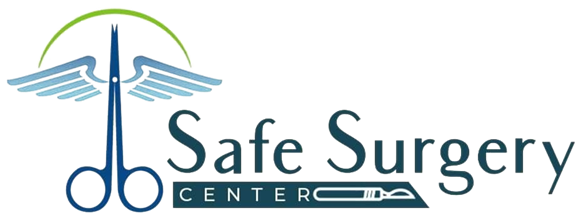
What is Causes and Symptoms and Effective Treatments for Umbilical Hernia
For both adults and infants, an umbilical hernia can be a serious medical risk. This disorder arises from a protrusion or bulge at the umbilical cord, or near the belly button (umbilicus), which is produced by the pushing through of abdominal contents, usually fat or intestine, through a weak spot in the abdominal wall. There are many hernia specialist in Agra.
Causes
- Infants:
If the abdominal wall does not shut correctly around the umbilical cord at birth, weakness in the abdominal muscles may remain.
- Adults:
An umbilical hernia can occur as a result of weakening of the abdominal muscles brought on by conditions like obesity, repeated pregnancies, heavy lifting, or abdominal surgery.
Symptoms
Visible Bulge:
a significant swelling or protrusion that is noticeable while standing, coughing, or exerting oneself close to the belly button.
Pain or Discomfort:
The hernia site may hurt or feel uncomfortable, especially when handled or during activities that put strain on the abdomen.
Other Symptoms:
In cases of severe herniated contents being trapped (incarcerated hernia), symptoms may include nausea, vomiting, or constipation.
Treatment Options
Watchful Waiting
Umbilical hernias typically close on their own by the time a person ages 3–4 years old, hence in the case of infants and minor hernias in adults without symptoms, a cautious waiting method may be advised.
Surgical Repair
Surgery might be necessary for hernias that are bigger or those are producing noticeable symptoms. In order to do this, the herniated contents are usually pushed back into position and the abdominal wall is reinforced with stitches or synthetic mesh.
conclusion
Although umbilical hernias can vary in severity and cause pain or discomfort, this problem can be effectively managed with prompt diagnosis and appropriate treatment. You can go near Best hernia specialist in agra. Dr Karan r rawat affordable gastroenterology at safe surgery centre।



